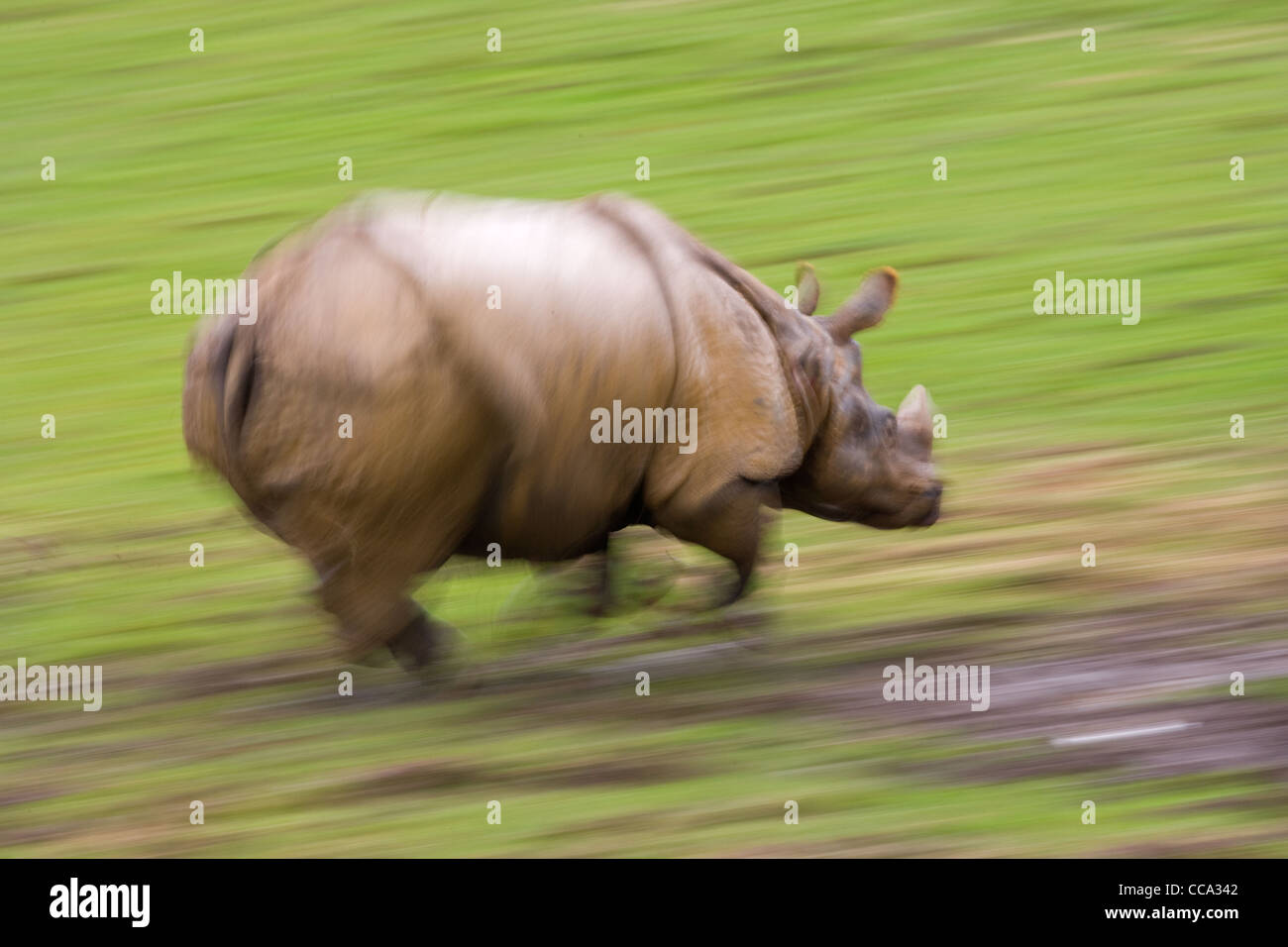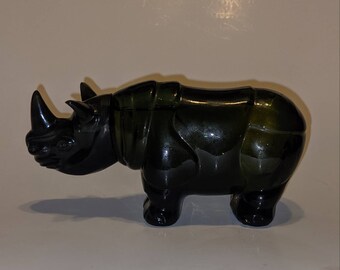


The Master said: “Isn't it a pleasure to study and practice what you have learned? Isn't it also great when friends visit from distant places? If people do not recognize me and it doesn't bother me, am I not a noble man?” When citing, please refer to the URL of this page:

Equine requirements are not recommended as a model for rhinoceros vitamin requirements.First translated during the summer of 1990. Captive Indian rhinoceroses ( Rhinoceros unicornis) had significantly lower vitamin A concentrations in blood ( P < 0.001) and higher vitamin A concentrations in liver tissue samples ( P < 0.001) than other rhinoceros species. Captive black and white rhinoceroses appear to be adequately supplemented in vitamin A and E. Serum 25-hydroxy (OH) vitamin D 3 averaged 55.7 ng/ml in free-ranging rhinoceroses no carotenoids were detected in any blood samples. There were significant differences in circulating vitamin concentrations in black rhinoceroses from different regions in the wild. This is probably due to increased dietary supplementation. When the samples of captive black rhinoceros were grouped into those taken before 1990 and after 1990, however, those collected before 1990 had significantly lower ( P < 0.001) vitamin E levels (0.46 ± 0.83 μg/ml) and those collected in 1990 or later significantly higher ( P < 0.001) vitamin E levels (1.03 ± 1.04 μg/ml) than the captive population as a whole. In contrast to earlier findings, there was no significant difference in vitamin E concentration between captive and free-ranging black rhinoceros. Circulating vitamin E levels measured as α-tocopherol were 0.58 (☐.30) vs. Circulating vitamin A levels measured as retinol for free-ranging versus captive black and white rhinoceros were 0.04 (☐.03 SD) vs. Blood samples from captive and free-ranging black ( Diceros bicornis) and white rhinoceros ( Ceratotherium simum) and tissue samples of captive individuals from four rhinoceros species were analysed for vitamins A and E. Several disease syndromes in captive rhinoceroses have been linked to low vitamin status.


 0 kommentar(er)
0 kommentar(er)
